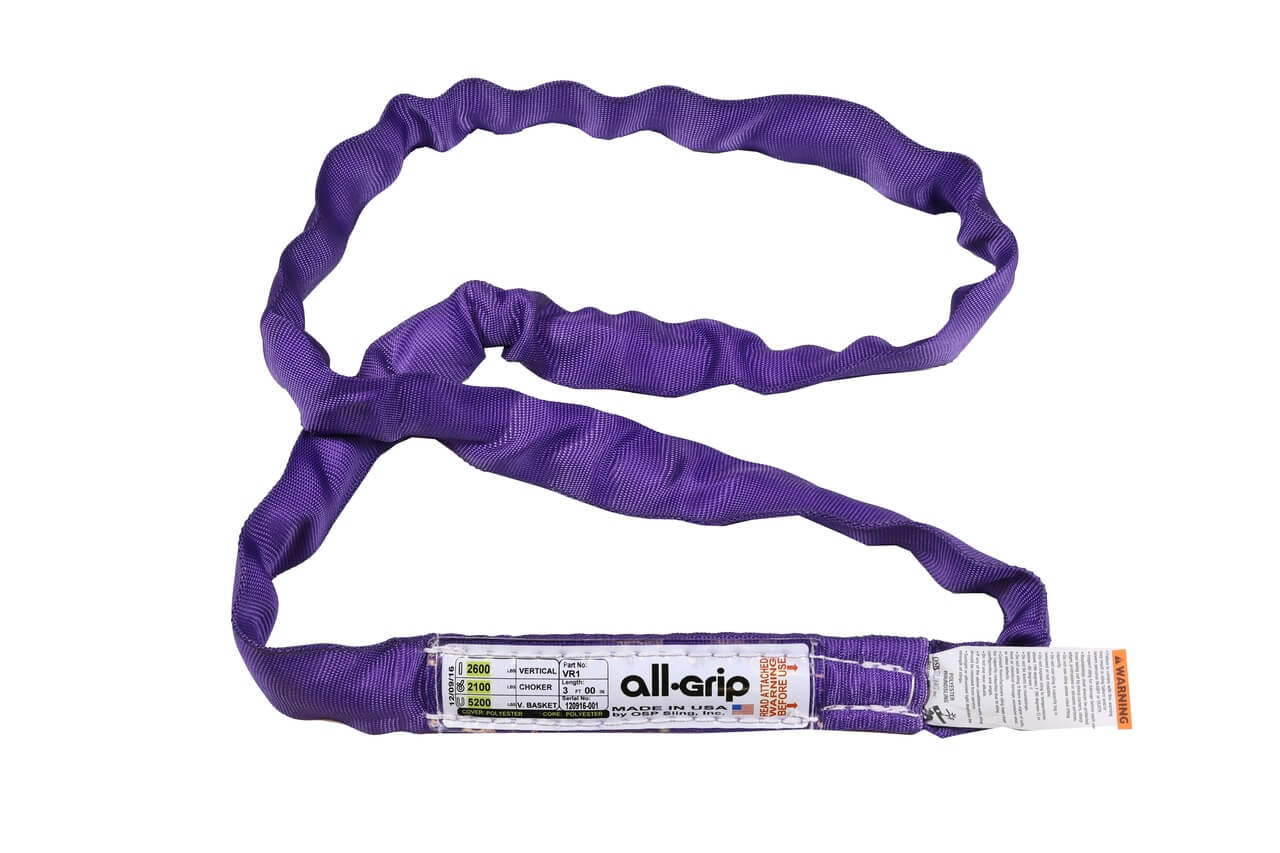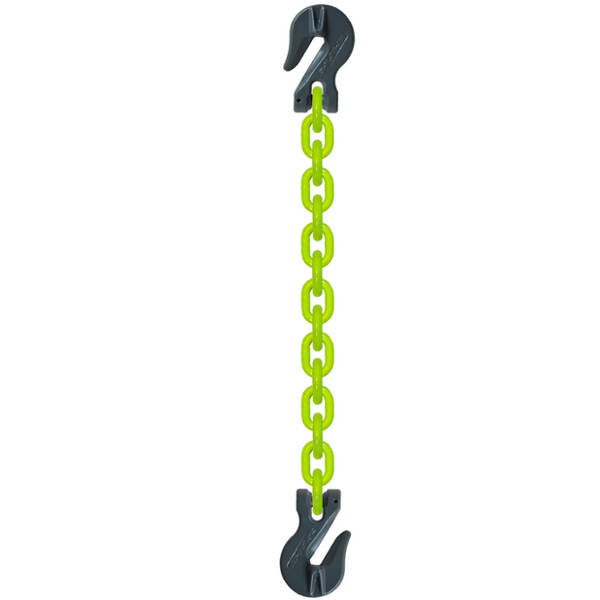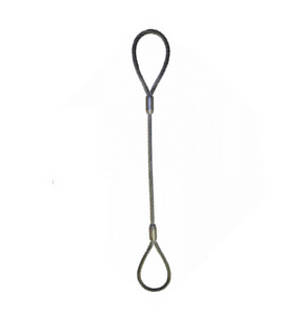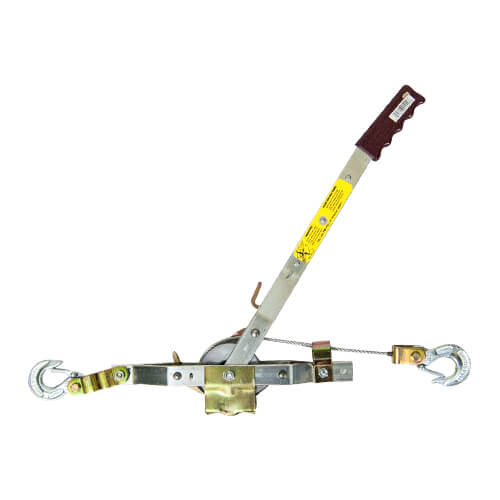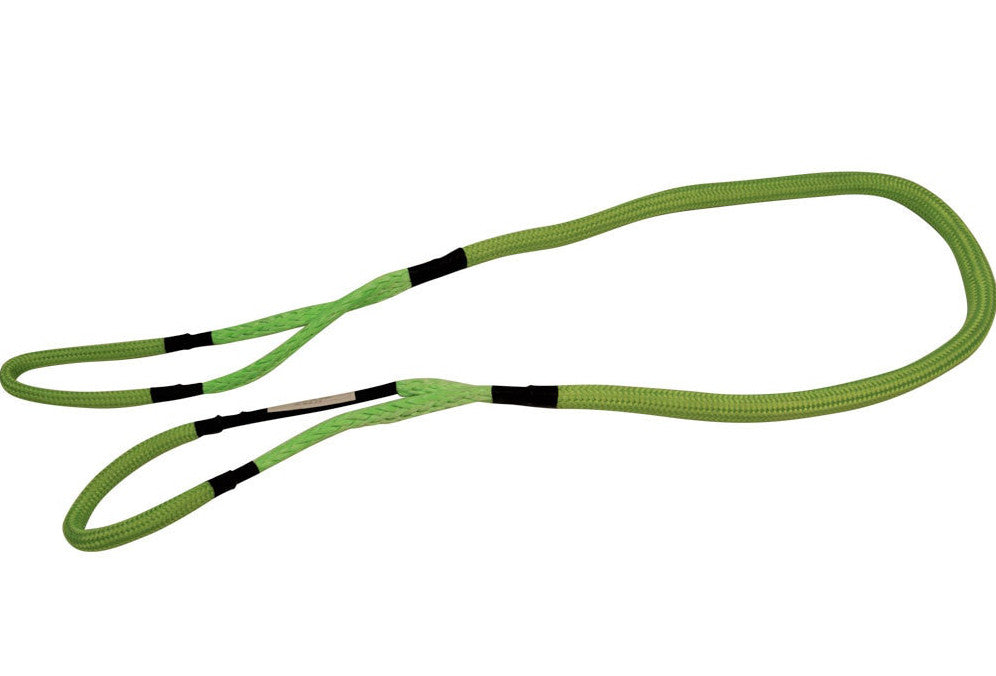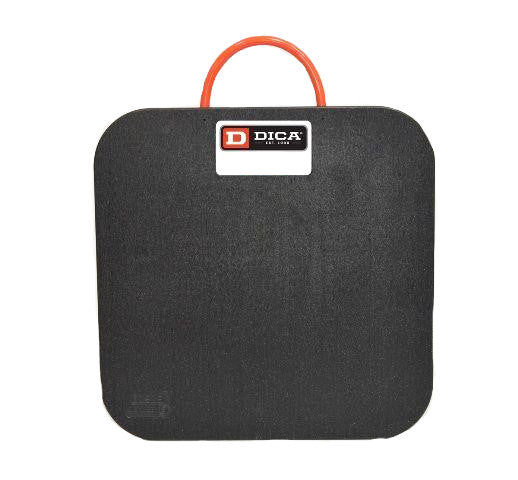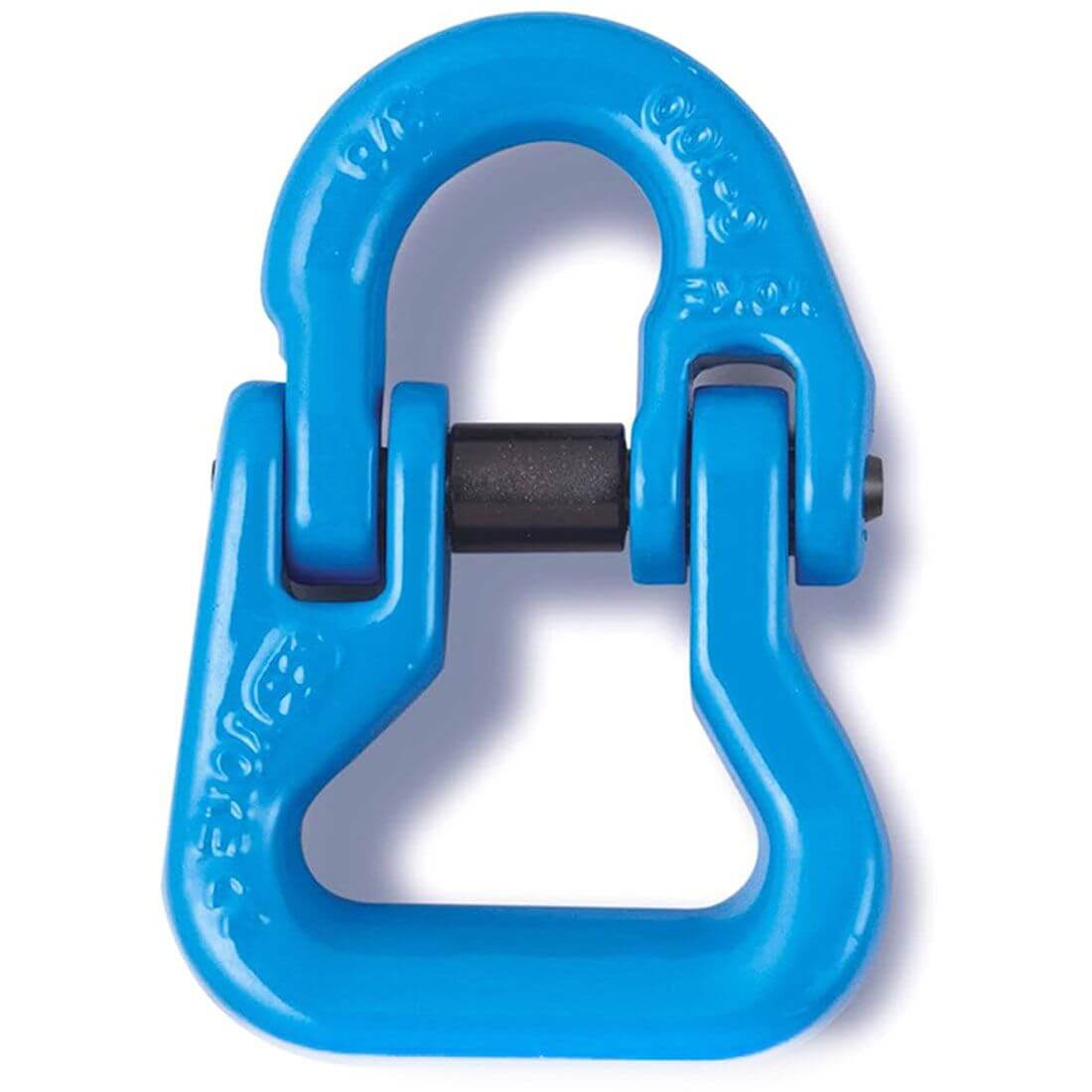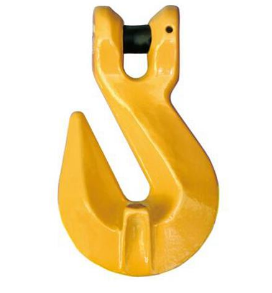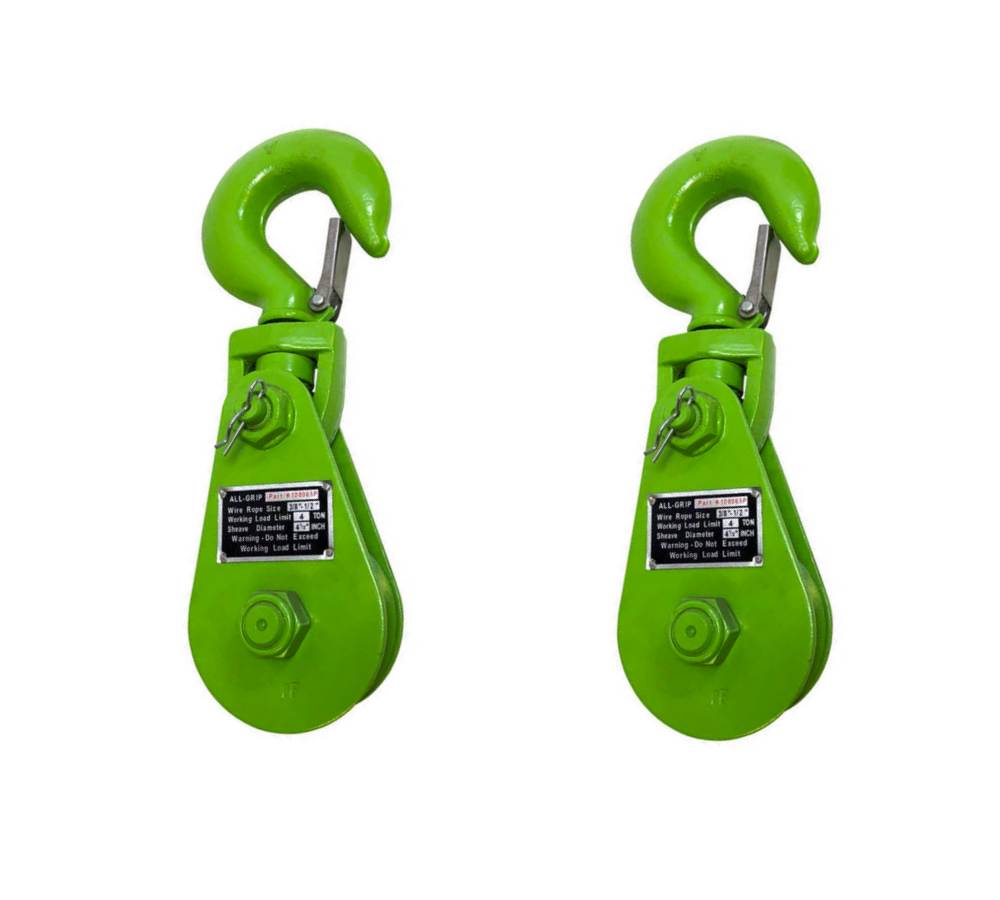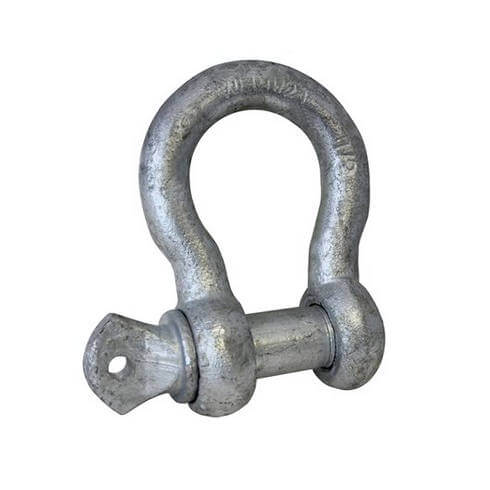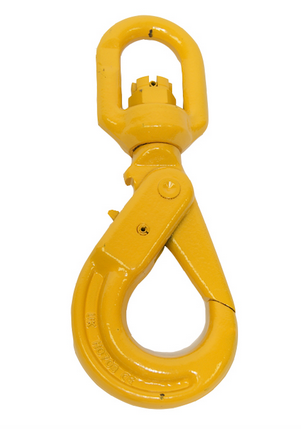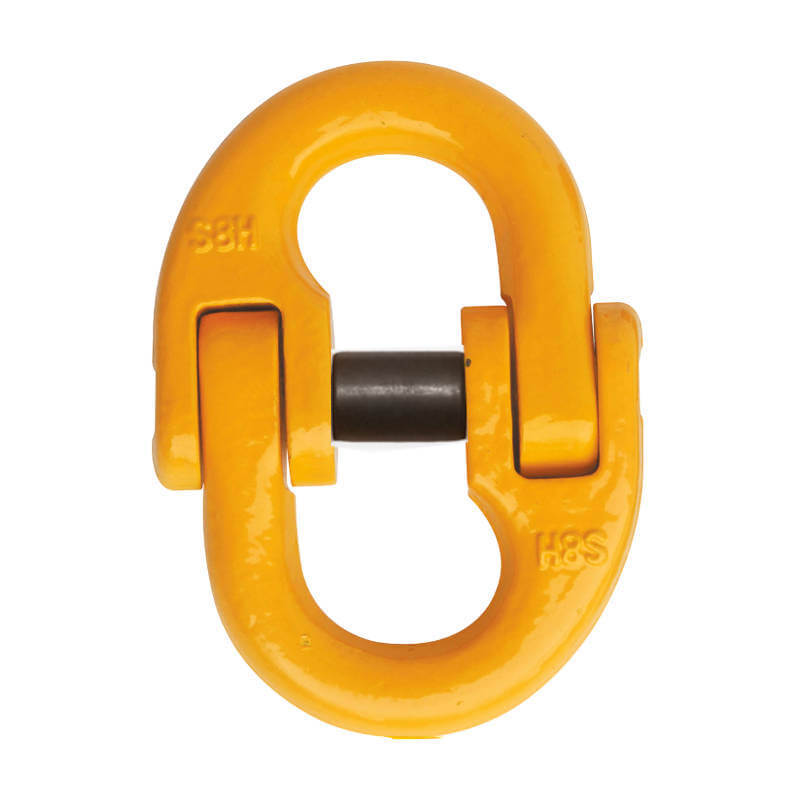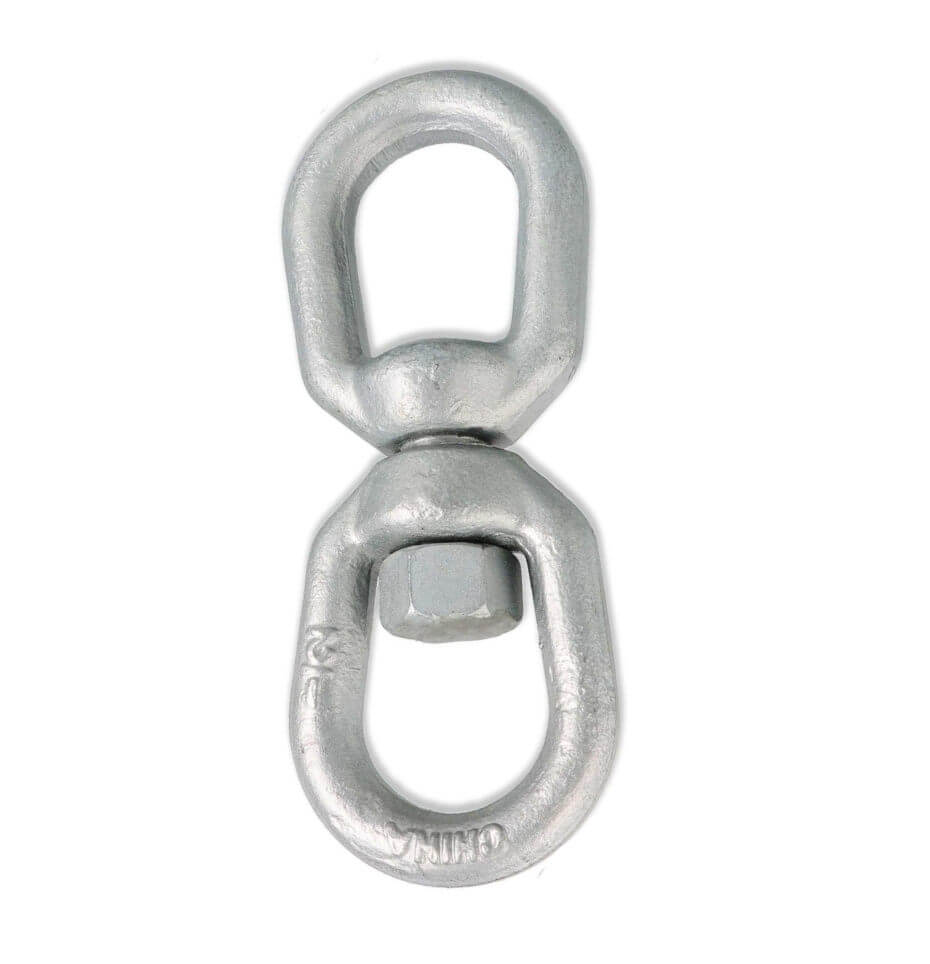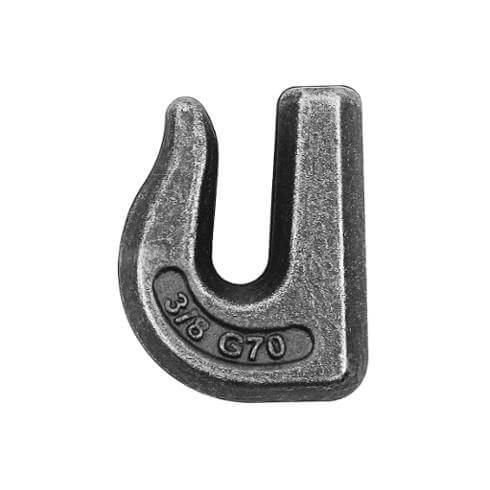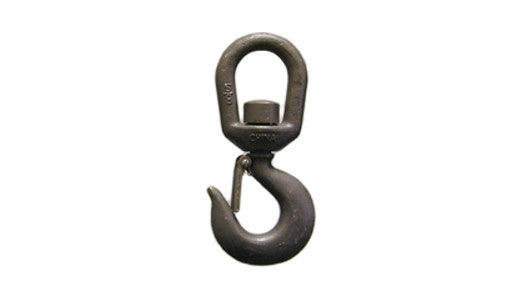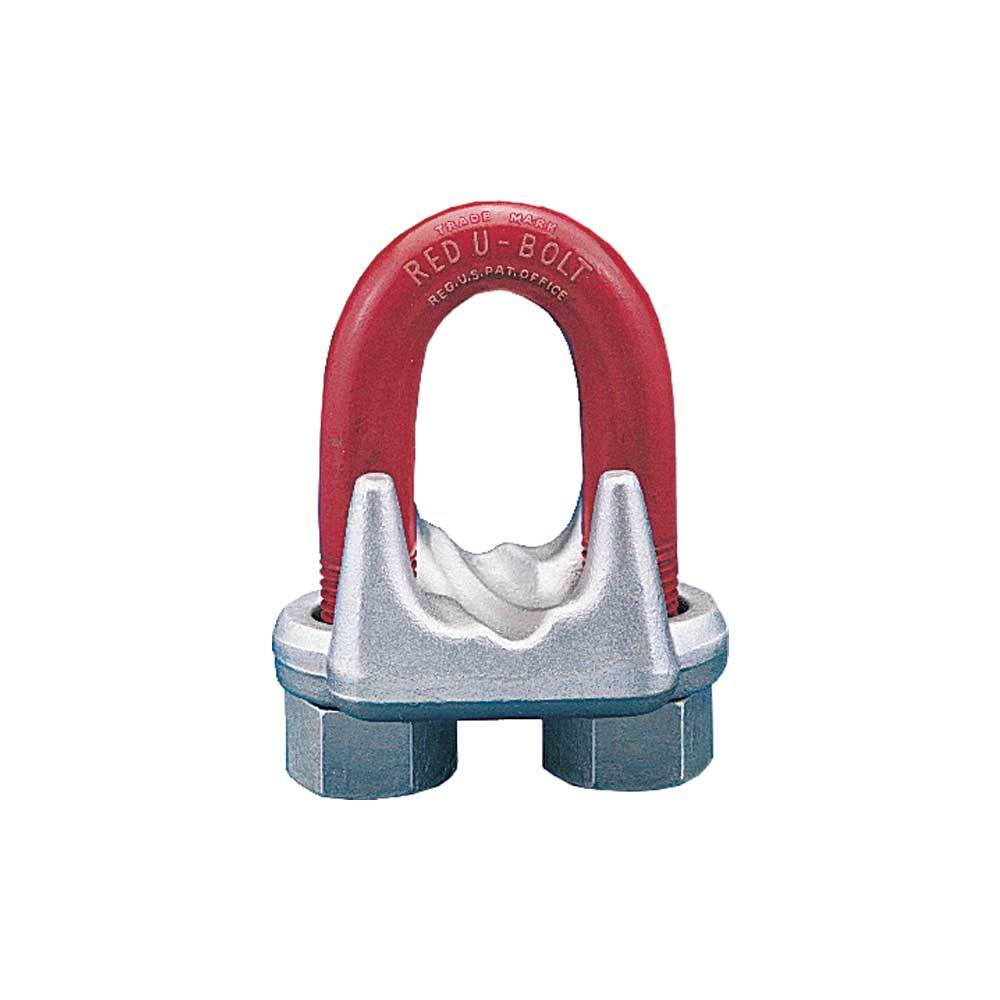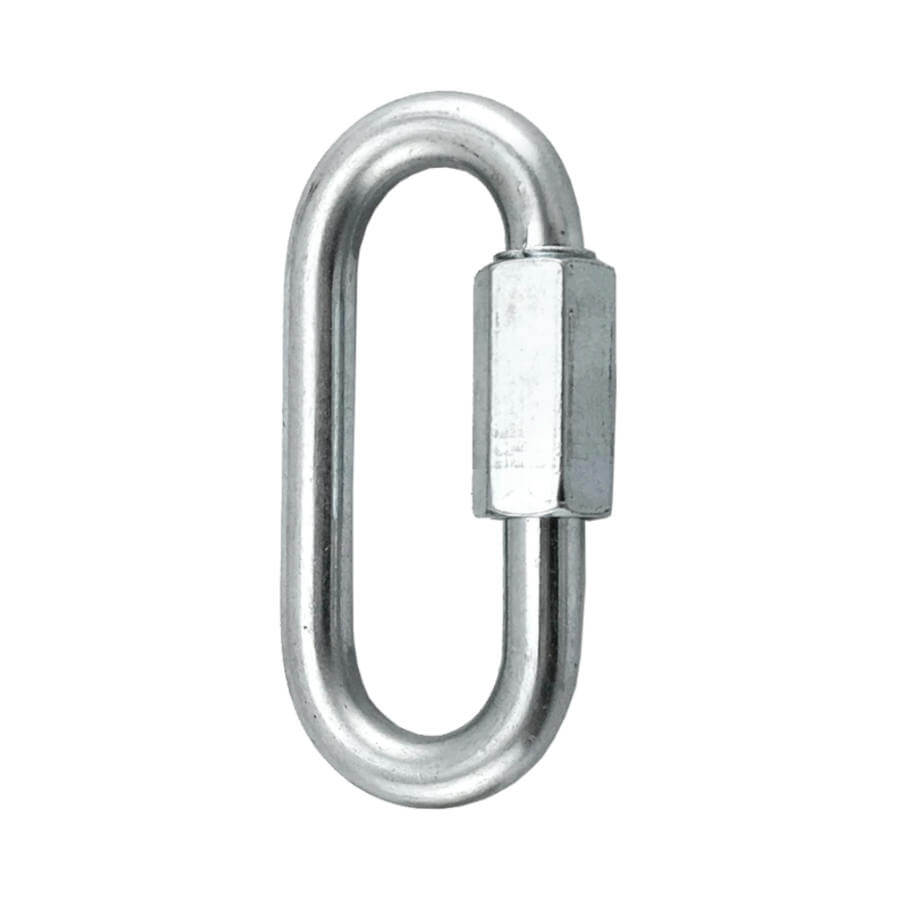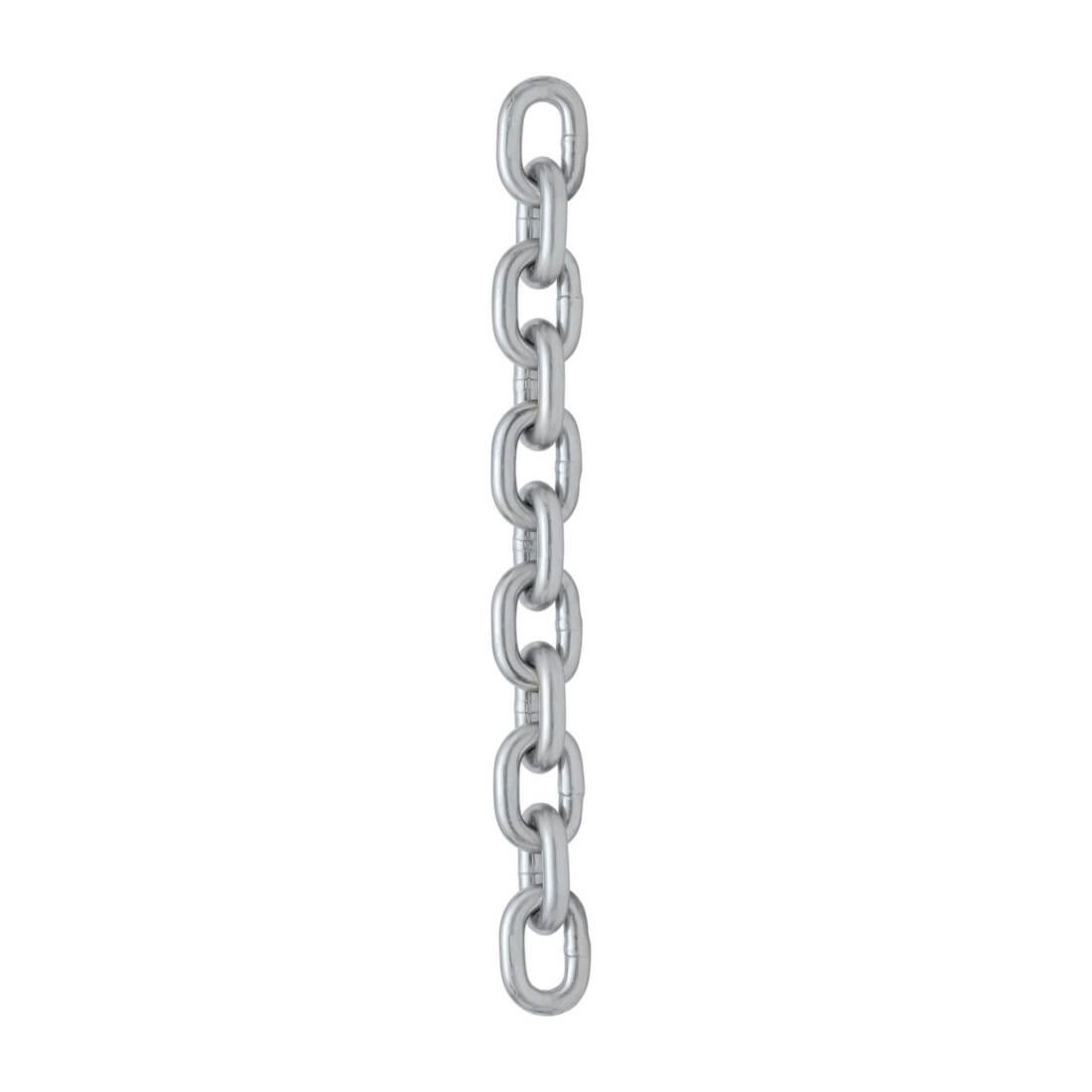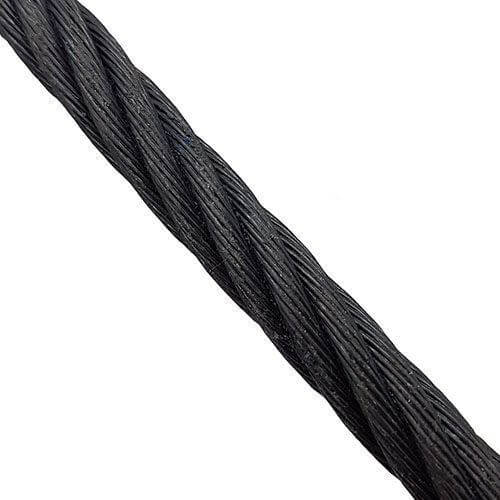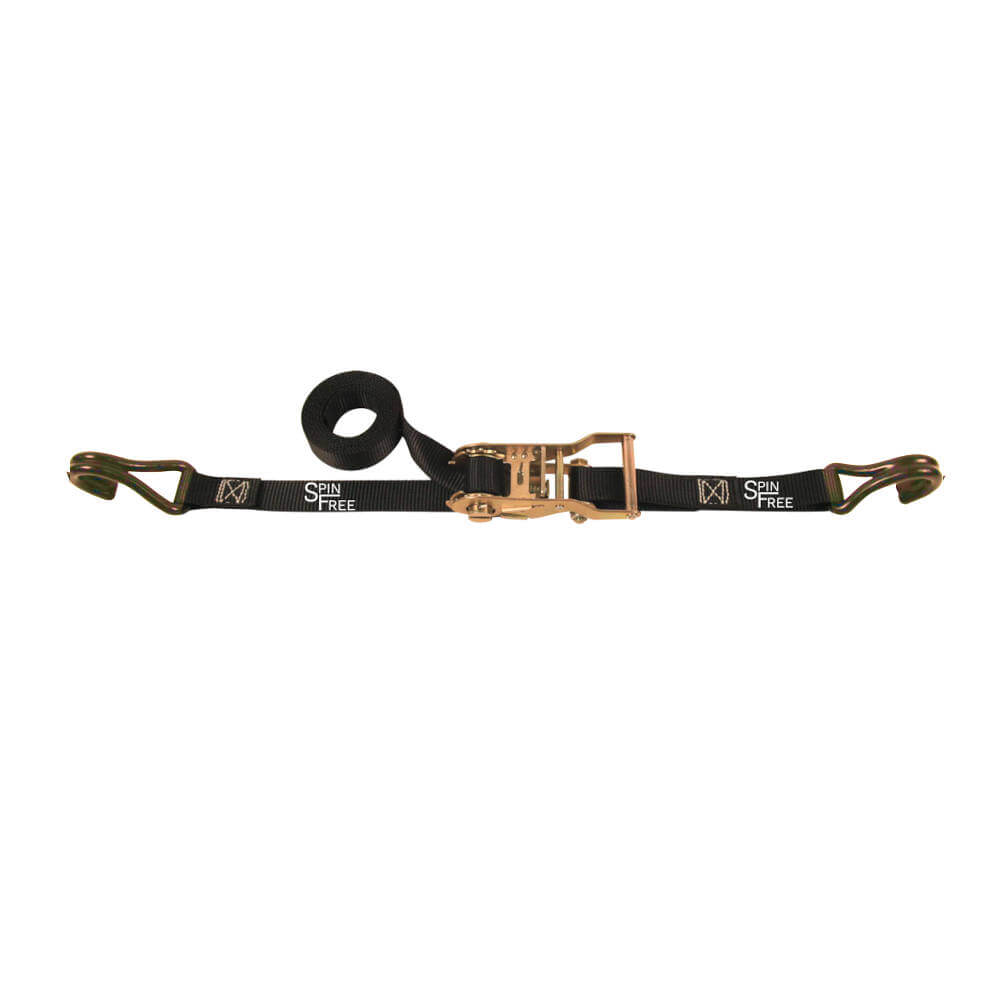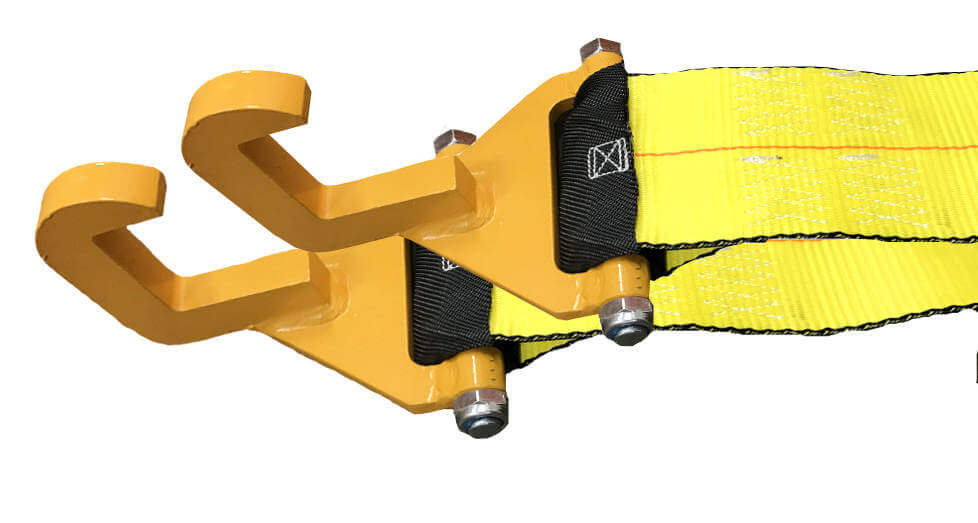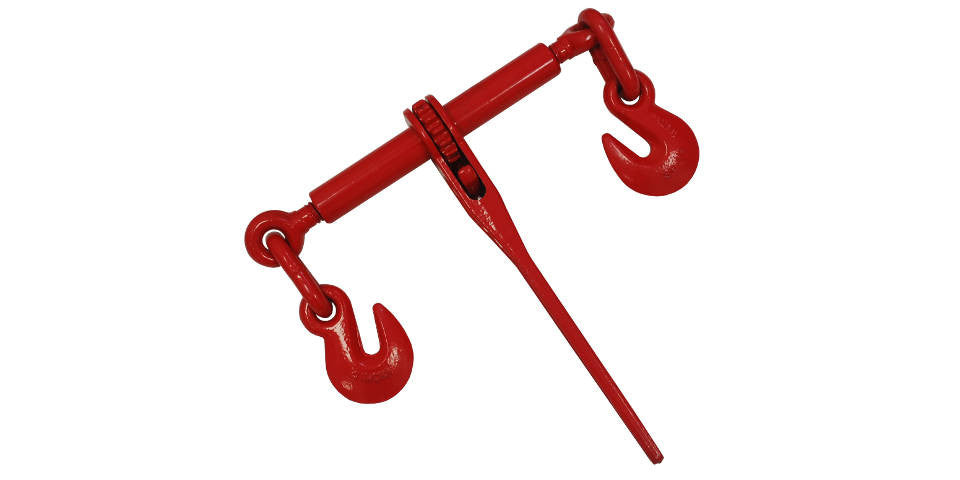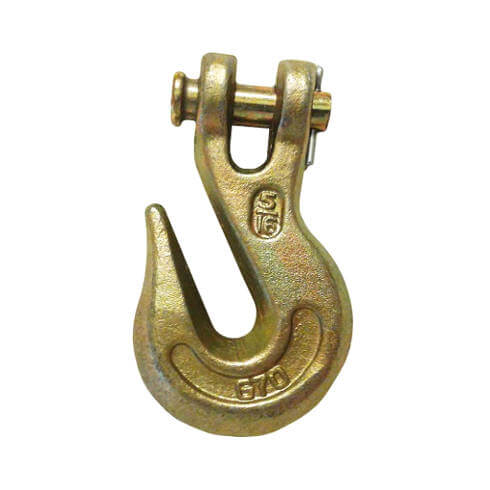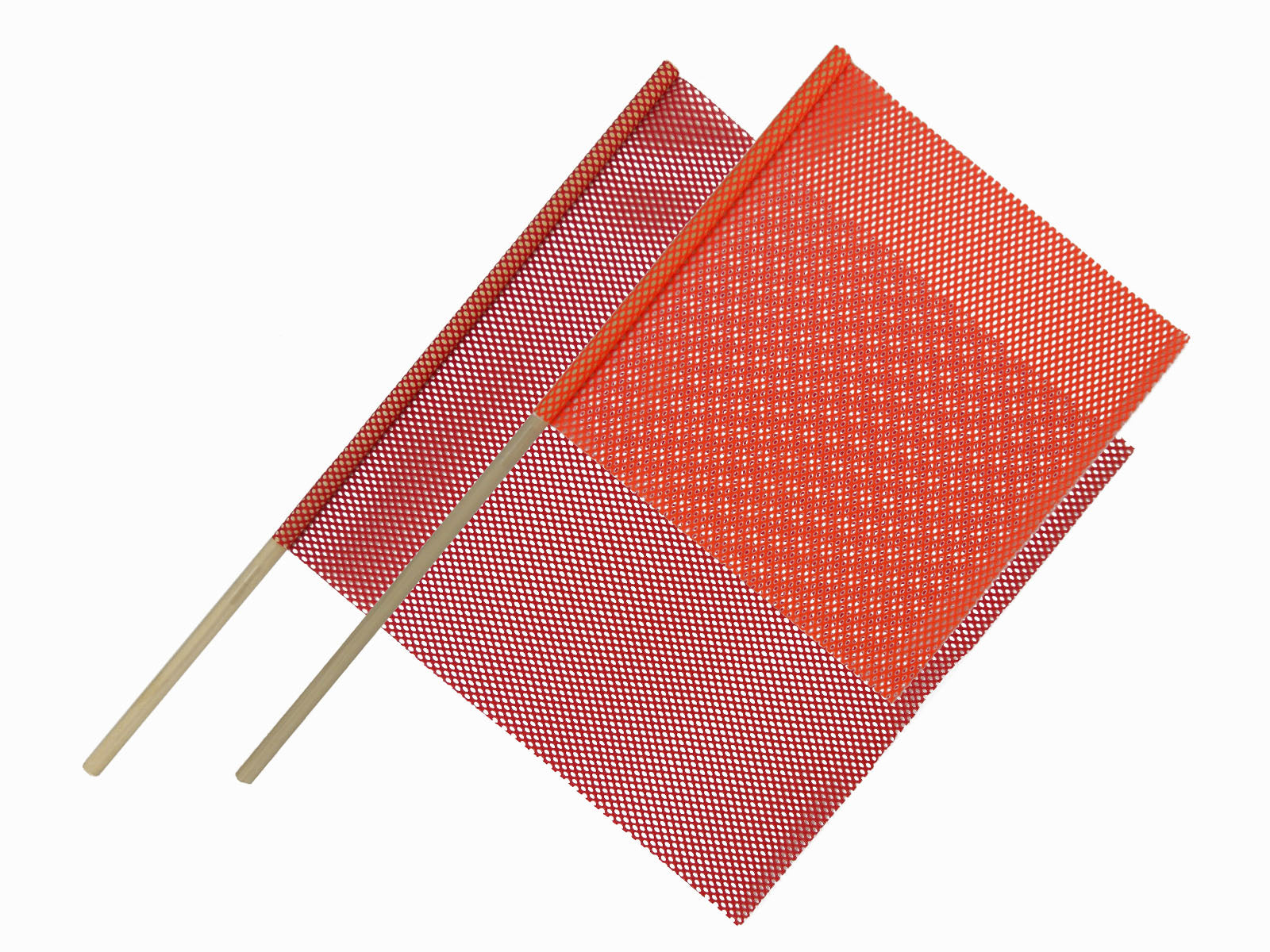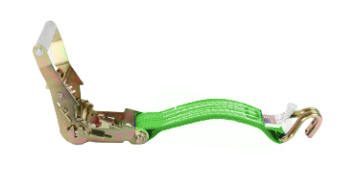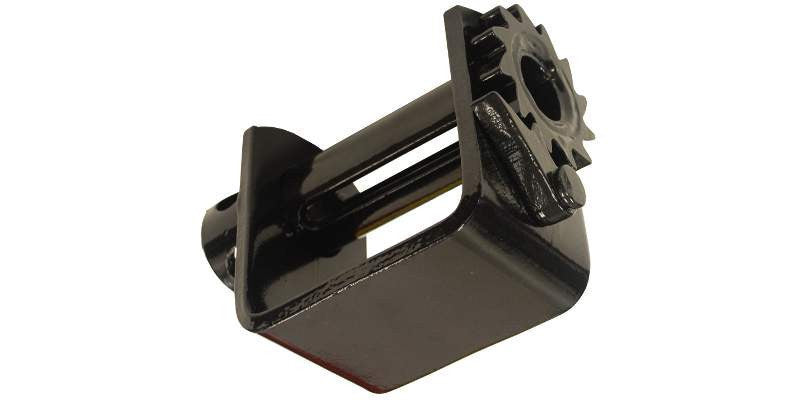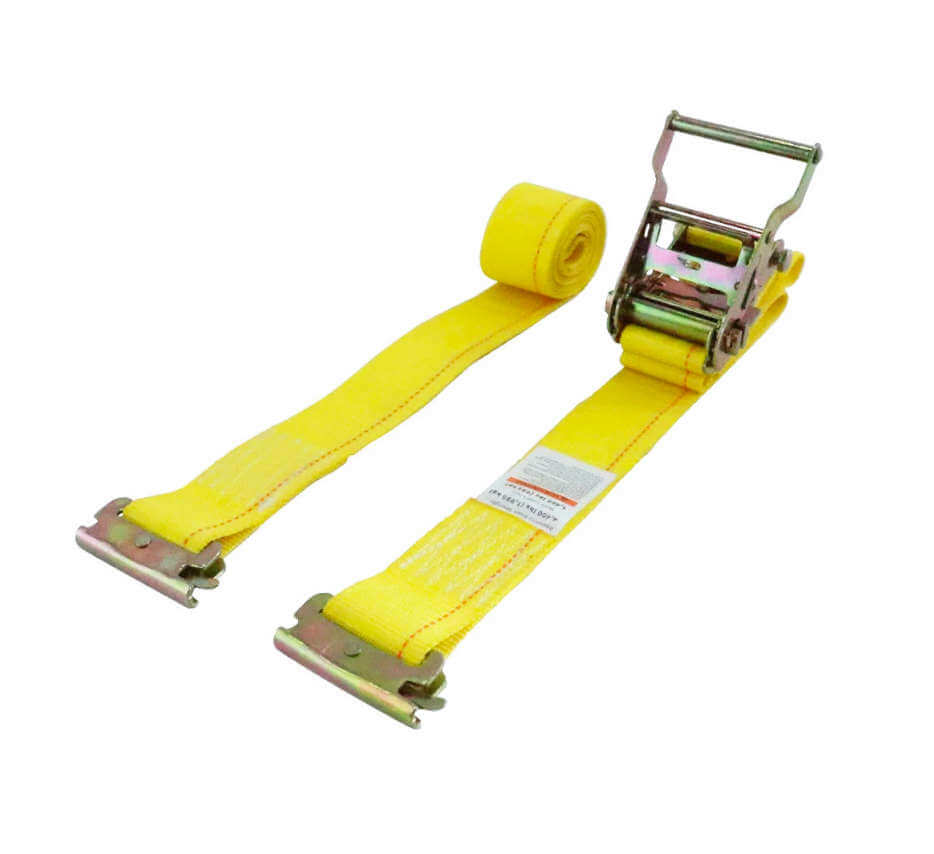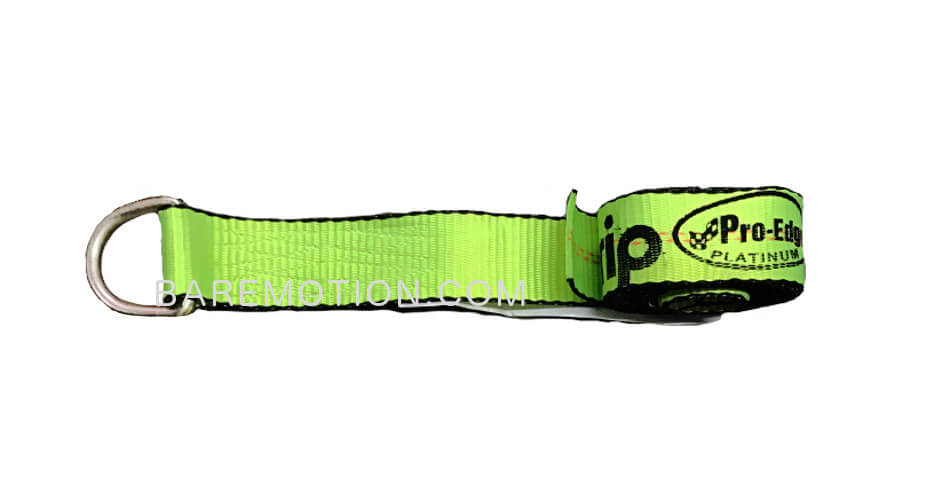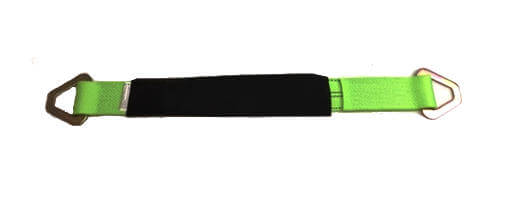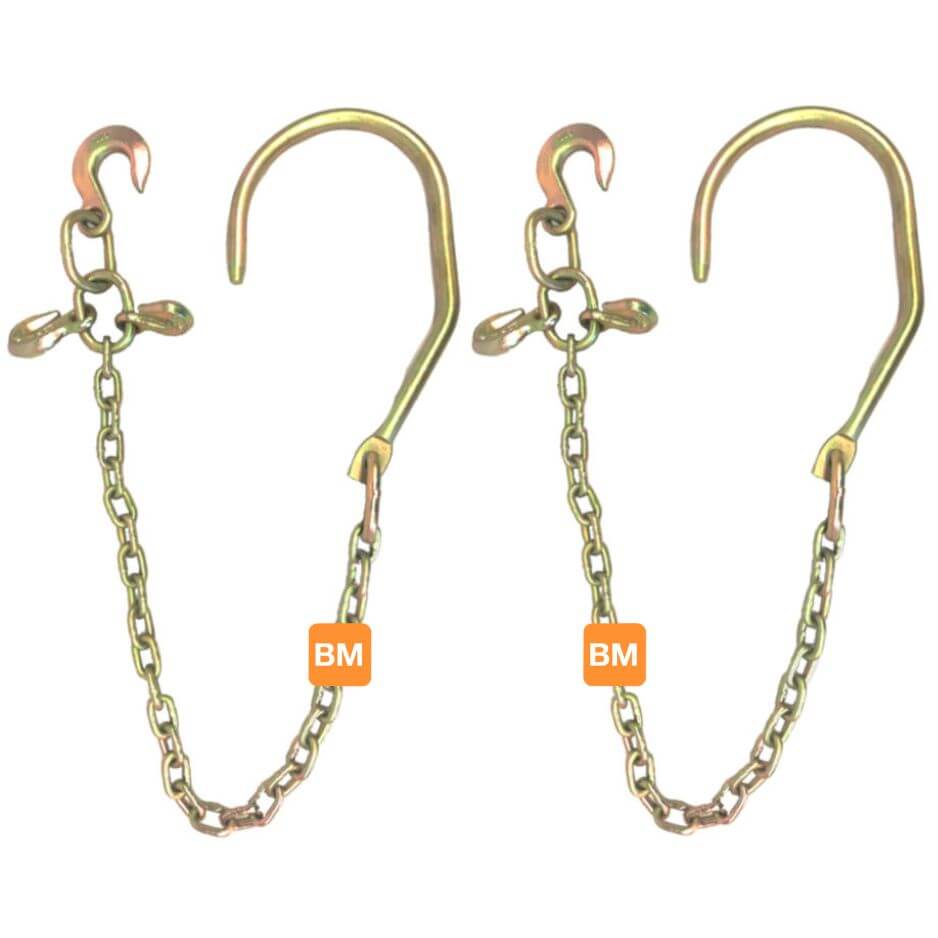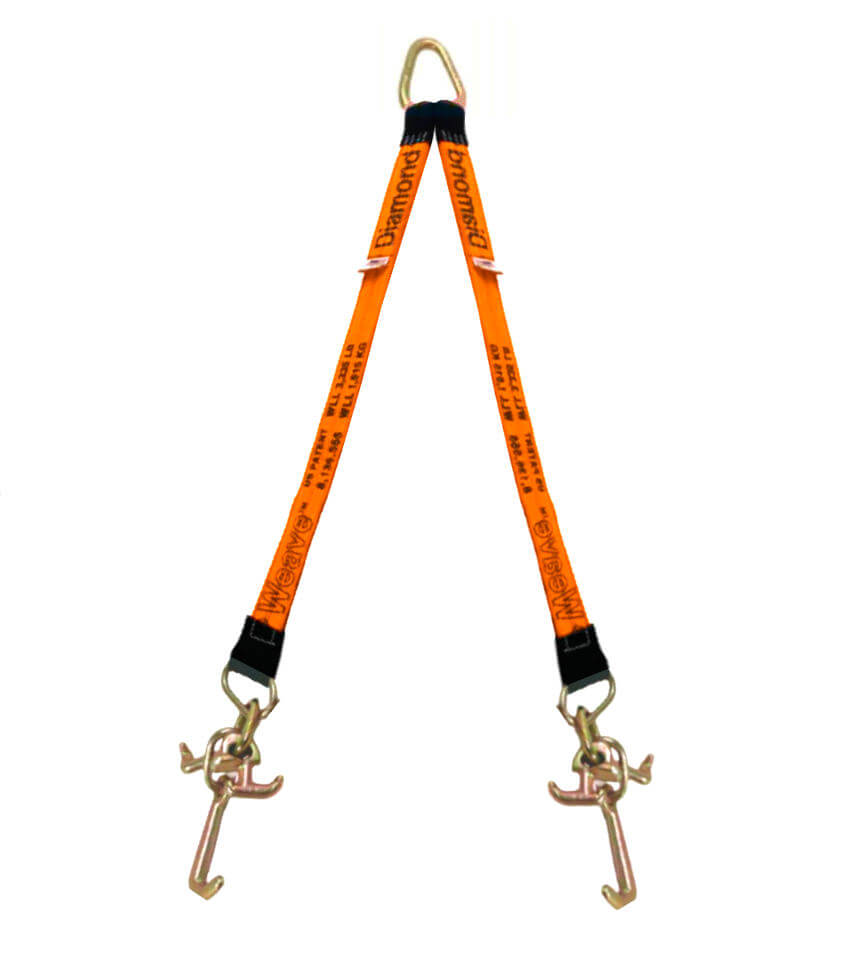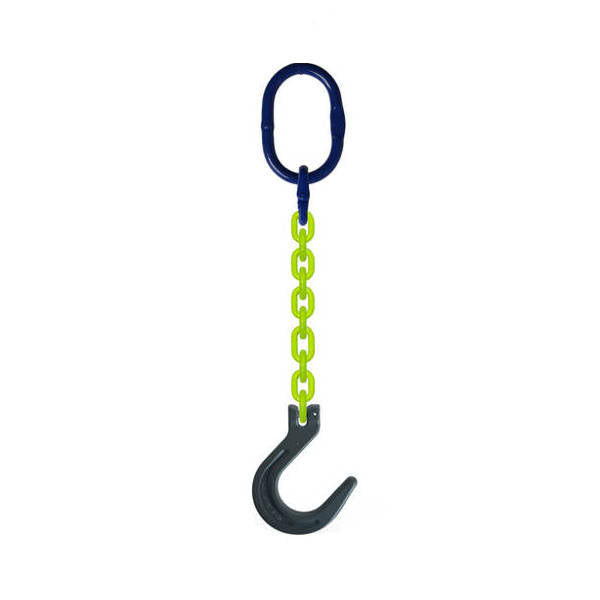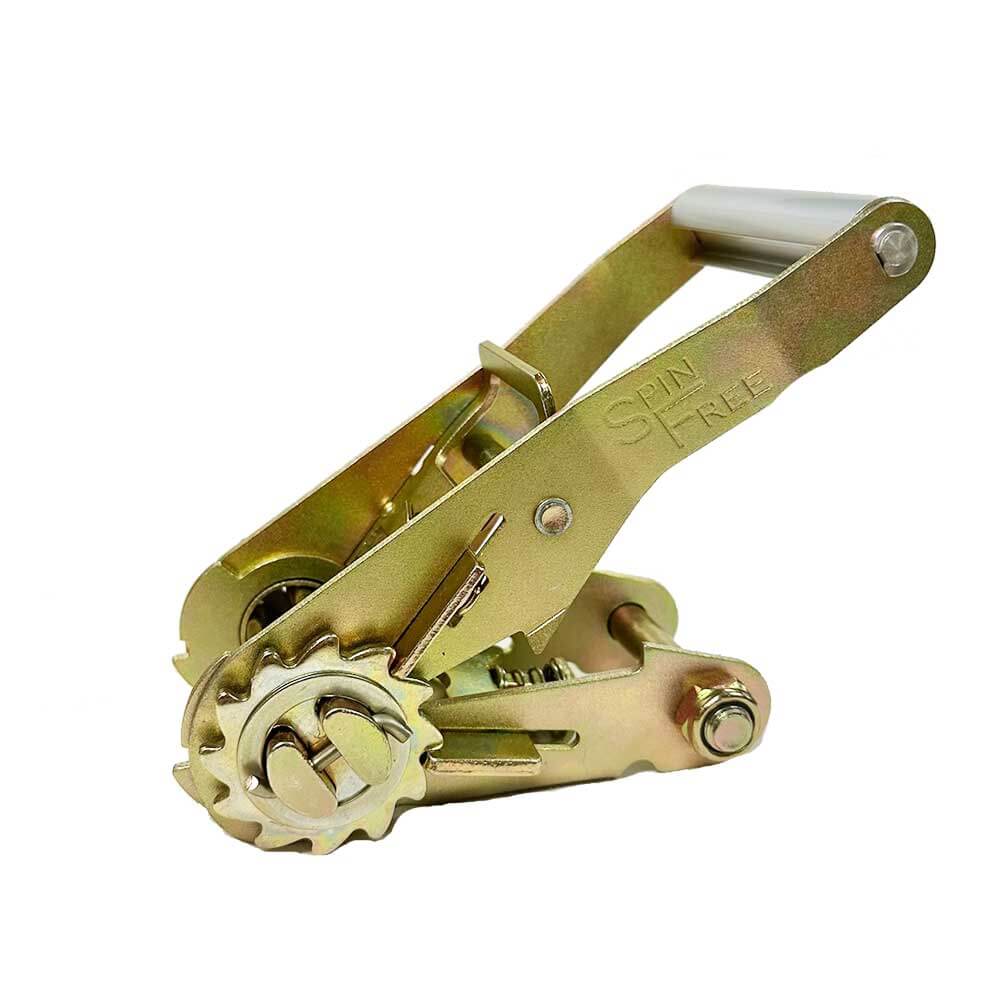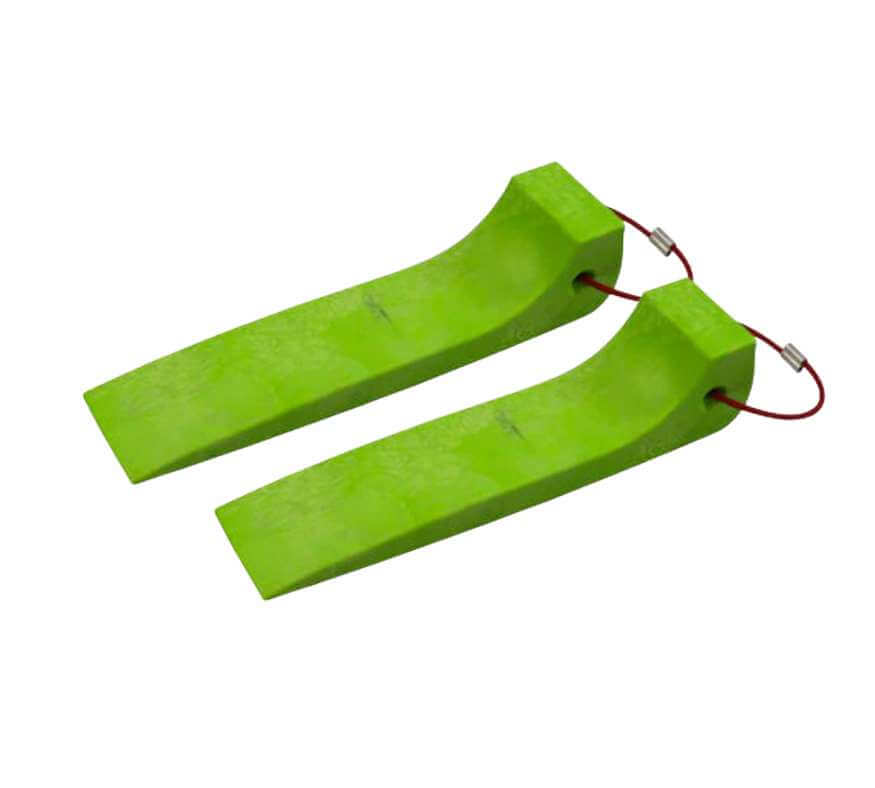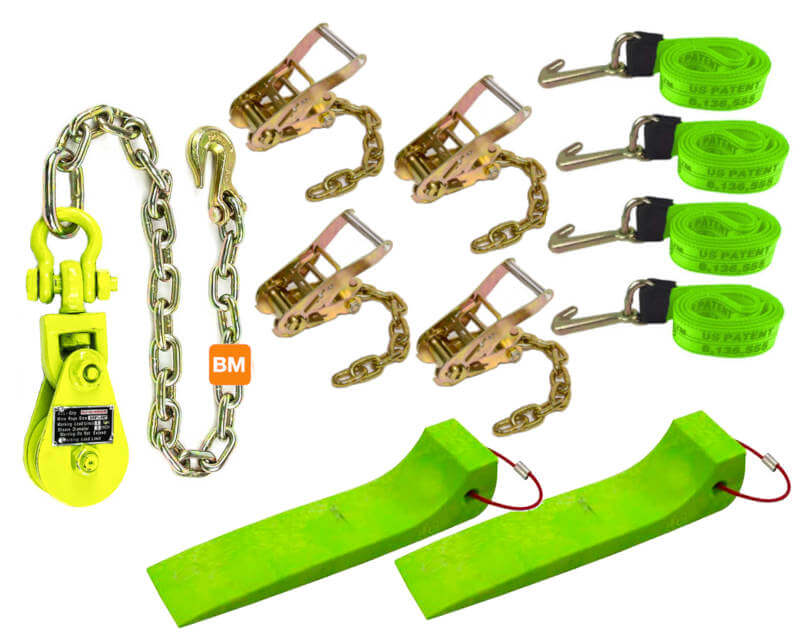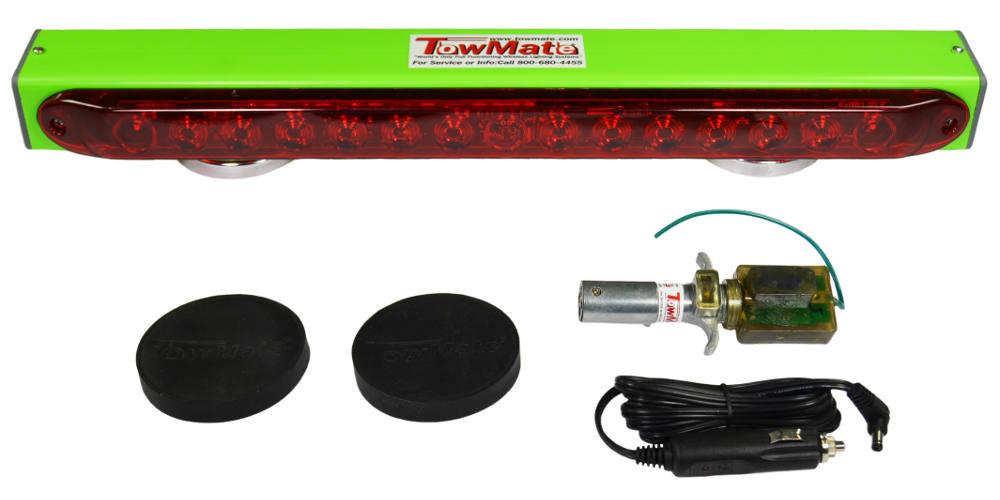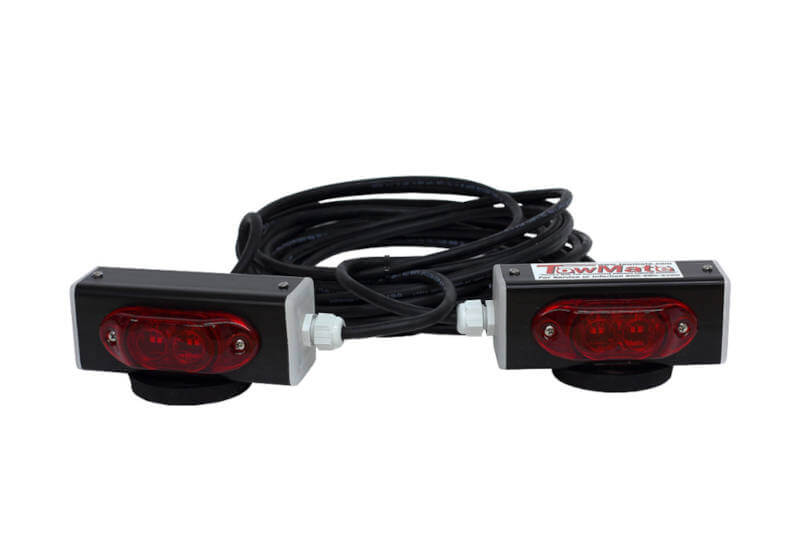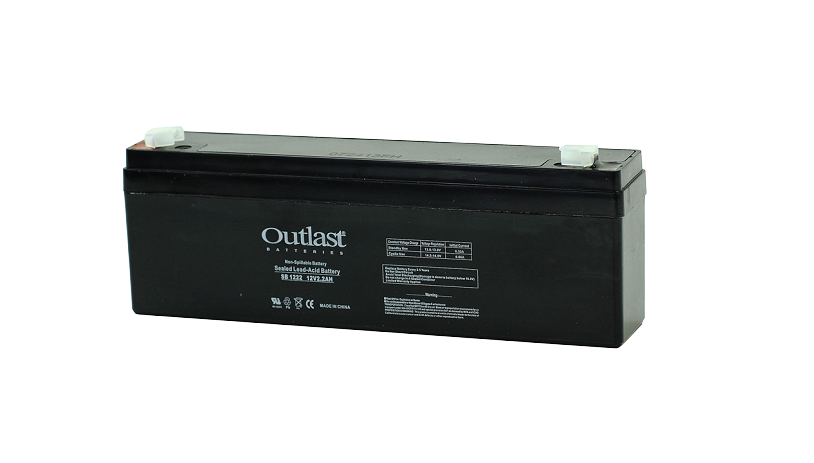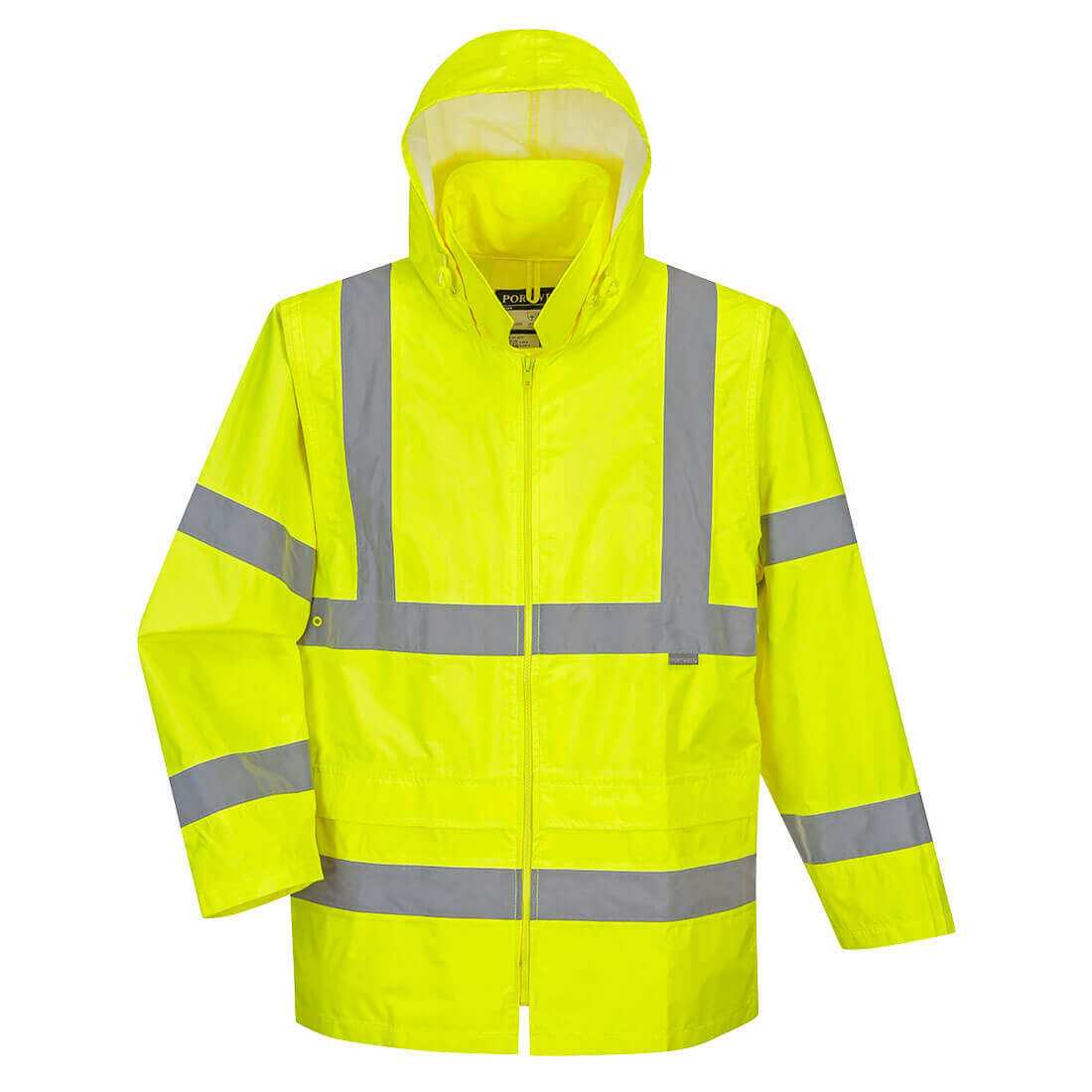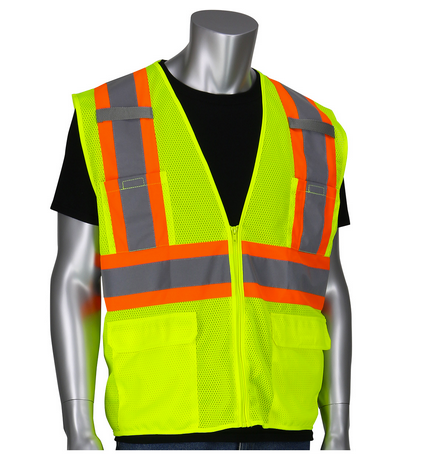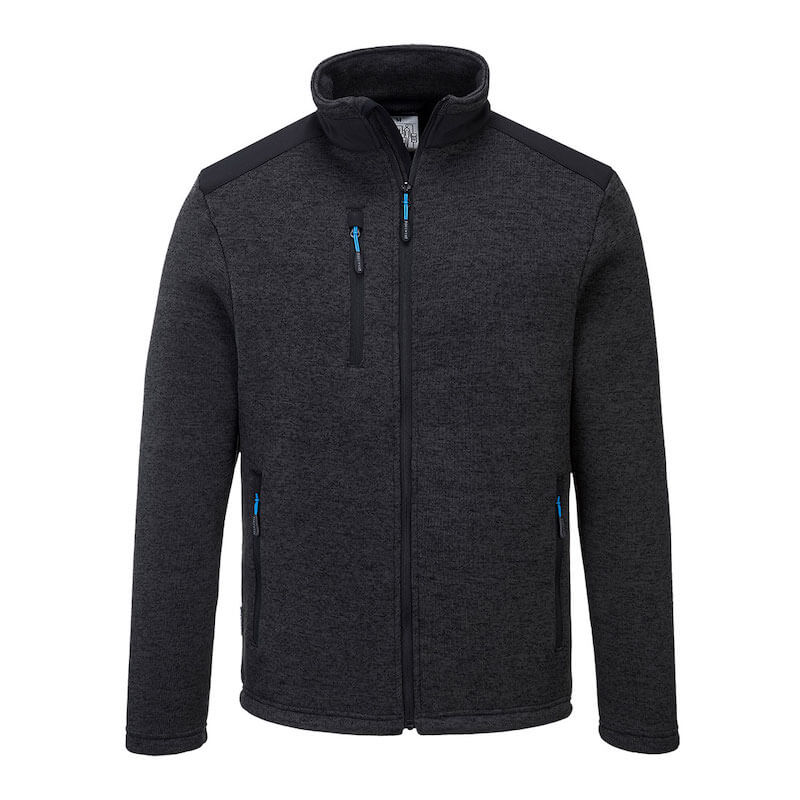Ratchet Straps - The Basics
Ratchet Straps, also known as cargo straps or lashing straps, are used to fasten and secure your cargo during transport.
They are usually made with strong durable polyester webbing which has little stretch. This type of webbing is ideal for outdoor environments because it absorbs little water making it more resistant to mold and shrinking. The webbing can come in several colors, the most popular one being yellow. It also includes a ratchet buckle which helps to tension the strap.

Ratchet straps tie-downs are made with 2 different parts. A fixed end and an adjustable end. The fixed end is the ratchet buckle and a short webbing with a hook attachment. The adjustable part is the webbing that is inserted into the ratchet buckle. The 2” fixed end is usually 12-18” long. The color of the webbing can also differ. The most popular color is yellow but you can find orange, blue, and other color ratchet strap assemblies.
Ratchet Straps usually come in widths of 1”, 2”, 3”, and 4”.
1” Tie downs are versatile and have a smaller working load limit, but are still strong! Most commonly used for motorcycles transport as the webbing prevents damage to the bike. They are also used in gardening, diy applications, moving, atv’s, or securing luggage onto of a vehicle. They come with different hardware hooks such as S hooks, wire hooks, or snap hooks. There are 2 kinds of 1” ratchet straps: Light Duty and Heavy duty. With lengths of 4’ to 27’.
2” Tie downs are popular on flatbed trucks and trailers. And also used for vehicle transport.
The most popular lengths of the 2” ratchet strap is 27’ and 30’, although they are also available in much longer lengths. The end hardware will vary on the application or use you need. There are several ratchet strap hooks, but to main ones are the Ratchet strap with flat hook and the ratchet strap with wire hook, also known as the ratchet strap J hook.

3” and 4” Tie downs are for heavier cargo. These tie-down straps are designed for the flatbed industry as well as for industrial commercial use. They too have several hardware hook varieties. Flat hook, wire hook, Delta Hook, and Chain ends.
Break down of the breaking strength of the ratchet straps:
1” Ratchet Straps have a breaking strength that ranges from 3,000 - 6,000 lbs depending on the webbing and hardware.
2” Ratchet Straps have a breaking strength that ranges between 6,000 - 12,000 lbs, and WLL ranging from 833 to 3,333 pounds depending on the hardware ends.
3” Ratchet Straps have a breaking strength of around 15,000 lbs and WLL of 5,400 lbs or less depending on the hardware attachments.
4” Ratchet Straps have a breaking strength of around 15,000 lbs lbs and WLL of 5,400 lbs depending of the hardware.
Each ratchet Strap must come tagged with WLL and breaking strength information. WLL, working load limit, is a requirement for all straps and how they are rated. One should never exceed the WLL as it’s the maximum weight the strap can handle.. Doing so can damage to the strap and cause it to snap or fail. The break strength is usually 3 times the WLL. When moving cargo the amount of straps needed should always exceed the weight of the item being transported. Example, if you are hauling something that weights 5,000 lbs, you must use the amount of straps that have a total working load of 5,000 lbs or more. If you are using 2” ratchet straps that have a wll of 3,333 lbs, the you should use a minimum of 2 straps.
Using a ratchet strap is simple.
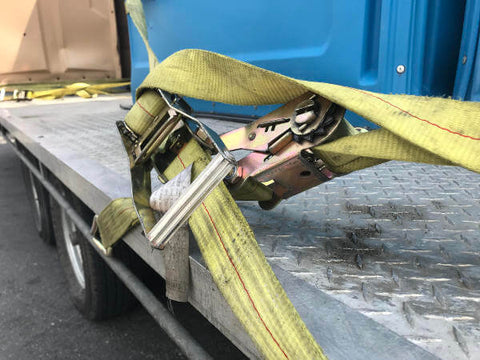
First know the Ratchet buckle: Take the ratchet buckle and open it up (by pulling on the release lever) so that when open it looks flat. Looking at the ratchet you will see the handle on one end and in the middle is a round spindle with a slot. This is where the webbing is passed through.
From the bottom up, Insert the webbing strap into the ratchet buckle slot found in the center of the ratchet and thread the webbing through and back onto itself. Pull the webbing to remove any excess slack. Hold it tight, but not too tight, and than raise the ratchet handle up and down in a ratcheting mechanism while holding the webbing straight. This will wind the webbing around the spool increasing the tension. Than lock the handle down.
To release the ratchet tie down pull the release lever until the ratchet is flat. This will override the ratcheting function. Grab the webbing and pull it out.
How to store the ratchet strap:
Simply put storing a ratchet strap properly will extend it’s use. Improper storage can cause tears, mold, or mildew.
Before storing always check the ratchet strap assembly for any defects such as:
- Damage caused by too much sun UV rays (color fading from UV degradation)
- Torn stitching in the sewing pattern or abrasions.
- Burns - such as chemical burn.
- Torn tags
- Rust or corrosion on the ratchet
- If unsure discard it or check the Web Sling and Tie Down Association (WSTDA) manual.
To clean the tie down scrub away all dirt and debris. Mild detergent with warm water is fine but make sure never to use any sort of bleach or stronger substances. If water is used make sure they are properly dried before storage.
Roll your ratchet straps up as you don’t want any tangled mess when you’re ready to use them. Most people use rubber bands, electrical tape, small bungees, or velcro straps to hold them together.
Ratchet straps need to be stored in a cool temperate environment away from sunlight or moisture. Some people like to put them in ziplock bags, bags, or on shelves.
At Baremotion, we supply USA made ratchet straps. If you need custom made straps or a quote on large (bulk order) quantities please email us at Sales@Baremotion.com
For further information please visit FMCSA (Federal Motor Carrier Safety Administration) and DOT (Department of Transportation).
All gear should be thoroughly inspected before each and every use. Worn or unsafe rigging and safety gear should never be used. Products should be used in strict accordance with all industry and OSHA standards.





































































